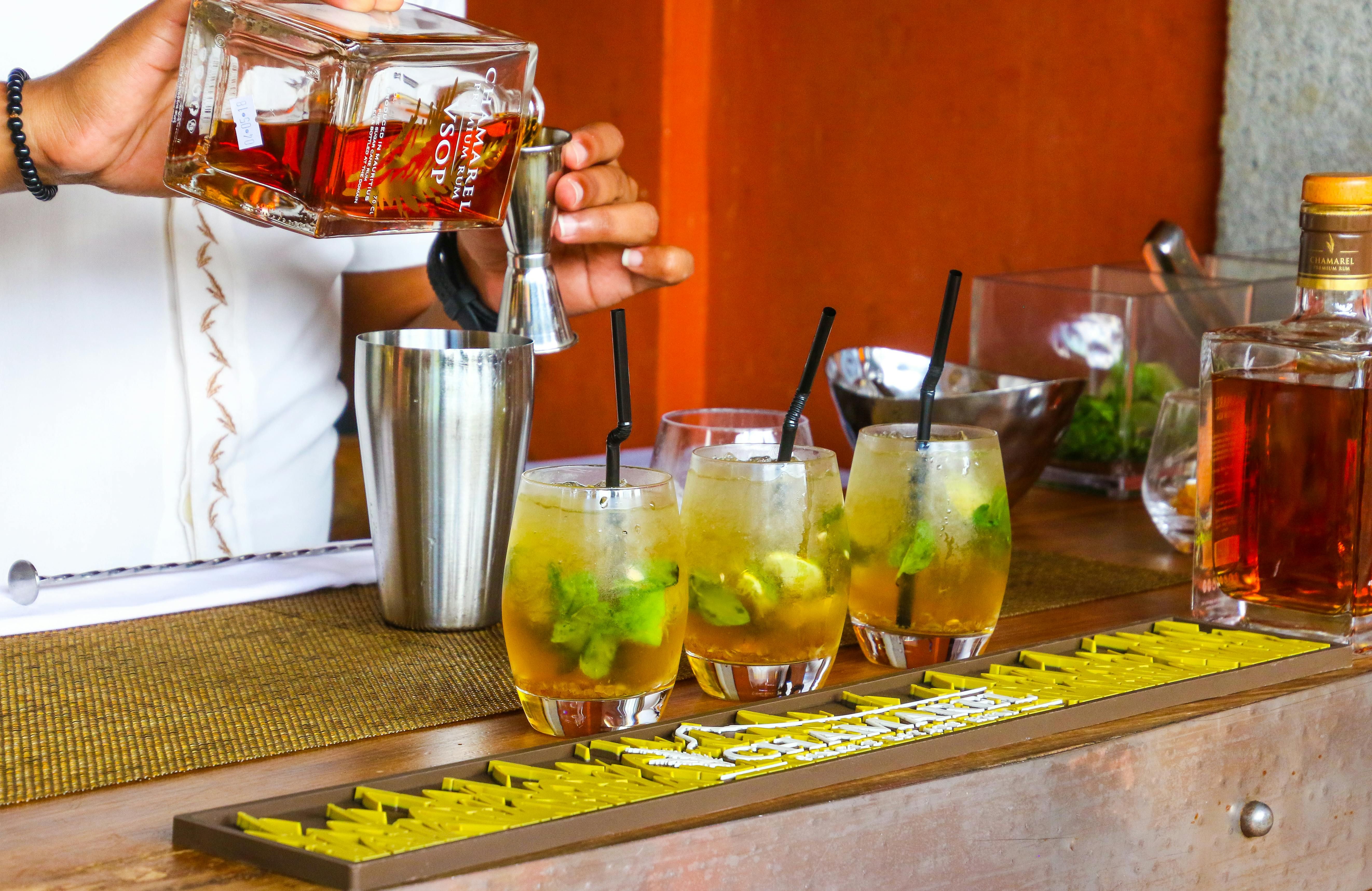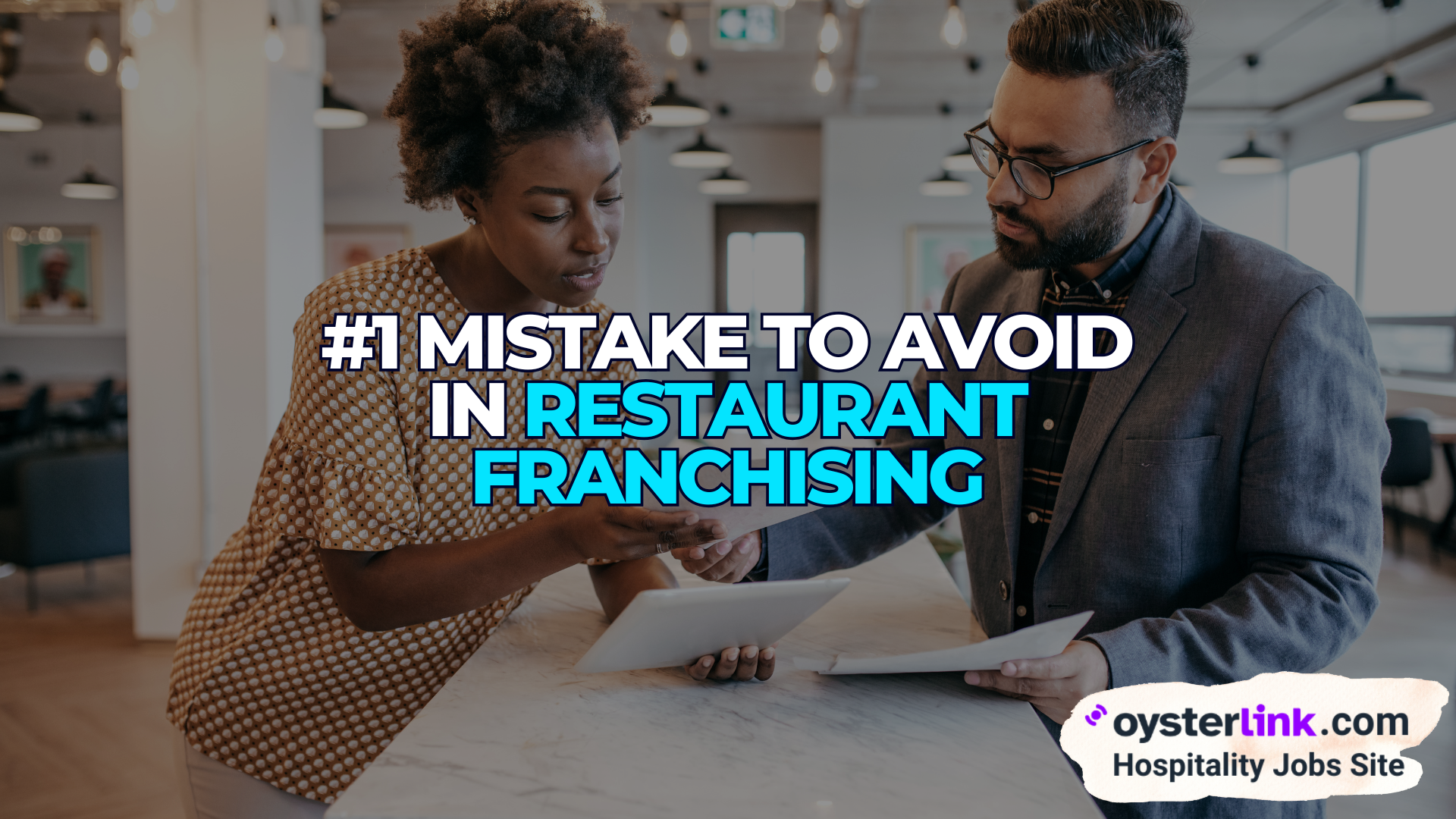San Diego is home to a thriving hospitality scene, from beachside bars to upscale cocktail lounges. If you’re looking to become a Bartender in San Diego, you’ll need to meet state and local requirements, develop essential skills, and gain hands-on experience.
This guide will walk you through everything you need to know to land a Bartending job in San Diego and build a successful career.
Understanding San Diego’s Legal Requirements
Before stepping behind the bar, you must meet state-mandated regulations and complete the necessary training.
Minimum Age
California law requires Bartenders to be at least 21 years old to serve alcohol. Unlike some states, there are no exceptions for younger individuals working as Bartenders.
Responsible Beverage Service (RBS) Training
California law requires all alcohol servers to complete Responsible Beverage Service (RBS) training. This training helps you:
- Learn responsible serving practices
- Recognize signs of intoxication
- Handle situations involving underage customers
After completing an approved RBS program, you must pass an exam and maintain an active certification, which needs to be renewed every three years.
Local Regulations
San Diego follows California’s statewide regulations, but individual bars or restaurants may have additional training requirements. Always check with your employer to ensure you meet any extra local guidelines.
Building Your Bartending Skills
To succeed as a Bartender in San Diego, you need to know how to make drinks quickly, interact with customers, and manage high-volume orders.
Basic Mixology Knowledge
Start by learning how to make classic cocktails like the Margarita, Martini, Old Fashioned, and Mojito. Understanding the main spirit categories—vodka, gin, rum, tequila, whiskey, and brandy—is also crucial.
You don’t need to memorize every recipe immediately, but knowing the basics will make you more confident on the job.
Tasting and Palate Development
The best Bartenders have a refined palate. Try different spirits, liqueurs, and fresh ingredients to understand flavor profiles. Pay attention to how different elements—sweetness, bitterness, acidity, and texture—interact in a drink.
Customer Service and Soft Skills
Bartending is as much about hospitality as it is about mixing drinks. You’ll need to:
- Greet and engage customers
- Handle multiple drink orders at once
- Manage cash and credit card payments
- Resolve conflicts and de-escalate tense situations
Upselling premium spirits and recommending food pairings can also boost your tips.
Should You Attend a Bartending School?
Formal education isn’t required to become a Bartender, but a bartending school can speed up your learning. Many programs offer hands-on training and certification prep.
What to Look For in a Bartending School
A good bartending school should cover:
- Classic and modern cocktails
- Proper pouring and shaking techniques
- Bar setup and station organization
- RBS certification preparation
Some schools also offer job placement assistance, which can help you land your first bartending job faster.
Cost vs. Benefit
Bartending school tuition varies from a few hundred to over a thousand dollars. If you prefer structured learning, it might be worth the investment.
However, many Bartenders learn on the job. You can also find free or affordable resources online to practice at home.
Gaining Hands-On Experience
Experience is just as important as training. Getting practical knowledge in a real bar setting will help you develop speed, efficiency, and confidence.
Start in a Support Role
If you can’t get hired as a Bartender right away, consider starting as a:
- Barback: Helps restock liquor, clean glassware, and assist the Bartender
- Server: Gains experience taking drink orders and interacting with customers
- Host: Learns restaurant operations and customer service skills
Working in a support role allows you to observe experienced Bartenders and learn the flow of a busy bar.
Practice at Home
Set up a practice bar with a shaker, jigger, bar spoon, and strainer. Work on pouring accuracy, shaking techniques, and drink presentation.
Making cocktails for friends or family can help you get comfortable with recipes and speed.
Crafting a Bartending Resume
Your resume should highlight your hospitality experience, certifications, and key skills. Even if you don’t have bartending experience, you can emphasize transferable skills like customer service, cash handling, and multitasking.
What to Include
- Contact information (phone number and email)
- Summary statement (optional but helpful for beginners)
- Work experience (list relevant jobs like server, barback, or restaurant roles)
- Certifications (RBS, TIPS, or ServSafe Alcohol)
- Skills (mixology, speed, accuracy, customer service, and POS system experience)
Keep your resume concise and proofread for errors.
Finding a Bartending Job in San Diego
San Diego’s bar scene includes craft cocktail lounges, beachfront tiki bars, sports bars, and nightclubs. Your ideal workplace depends on your skills and personal preferences.
Scoping Out Venues
Visit bars during off-peak hours and observe the environment. Ask yourself:
- Do I prefer a fast-paced club or a relaxed neighborhood bar?
- Would I rather work with craft cocktails or simple high-volume drinks?
- Is the clientele mostly tourists, locals, or regulars?
Target bars that match your style and career goals.
Networking
Many Bartending jobs come from word of mouth. Get to know other Bartenders, managers, and industry professionals.
Join bartending groups on social media, attend local mixology events, and introduce yourself to potential employers in person.
Interview Tips
- Dress appropriately for the venue’s style (casual for beach bars, polished for upscale lounges)
- Know your cocktails—you may be asked to list recipes or make a drink on the spot
- Highlight customer service skills—Bartenders are hired for personality as much as technical skill
- Ask smart questions about the bar’s clientele, signature drinks, and expectations
Thriving in Your Bartending Job
Once you land the job, you’ll need to master daily tasks and learn how to manage high-volume shifts.
Opening and Closing Duties
A typical shift starts with:
- Restocking bottles and garnishes
- Checking the cleanliness of the bar area
- Preparing mixers and setting up glassware
Closing duties include cleaning, counting the register, and ensuring the bar is stocked for the next shift.
Speed and Accuracy
Efficiency is everything in a busy bar. Work on memorizing recipes, free-pouring accurately, and multitasking without getting overwhelmed.
Creating a Great Customer Experience
A Bartender’s personality keeps customers coming back. Learn regulars’ names, offer recommendations, and adjust your service style to each guest’s mood.
Handling Difficult Situations
Sometimes you’ll have to cut off intoxicated guests or refuse service to minors. Your RBS training will prepare you for these moments, but always involve a manager if needed.
Career Growth and Specializations
Bartending isn’t just a temporary job—it can lead to bigger opportunities.
Head Bartender or Bar Manager
If you want to move up, consider a leadership role. Duties often include:
- Training new Bartenders
- Managing inventory and placing orders
- Creating cocktail menus and specials
Brand Ambassador
Some Bartenders work with liquor brands to promote products, educate other industry professionals, and attend trade shows.
Sommelier or Cicerone
If you’re passionate about wine or beer, consider becoming a Sommelier (wine expert) or Cicerone (beer expert). These certifications can open doors to higher-paying jobs.
Tips for Success in San Diego
- Embrace seasonal trends—San Diego’s beach culture means tropical and refreshing cocktails sell well
- Learn about local craft beers—San Diego is known for its breweries, so beer knowledge is a plus
- Stay professional—San Diego has a tight-knit hospitality community, and a good reputation goes a long way
- Keep learning—Attend mixology workshops, follow industry trends, and experiment with new techniques
Potential Income and Benefits
Bartenders in San Diego make an hourly wage plus tips. Busy bars in tourist-heavy areas often bring in higher tips, especially during peak seasons.
Some bars pool tips among the staff, while others let Bartenders keep their own. Many places also offer flexible scheduling, free meals, or employee discounts.
Staying Safe and Healthy
Bartending is physically demanding. Wear supportive shoes, stay hydrated, and stretch when possible to avoid strain.
Dealing with crowds and intoxicated patrons can also be mentally draining. Find ways to decompress after a shift, whether it’s exercise, a hobby, or socializing with coworkers.
Final Thoughts
Becoming a Bartender in San Diego requires proper certification, strong mixology skills, and real-world experience. With the right approach, you can land a great job and build a rewarding career.
Stay professional, keep improving your craft, and serve responsibly. If you do, you’ll stand out in San Diego’s competitive bar scene and enjoy a fun, lucrative career.





